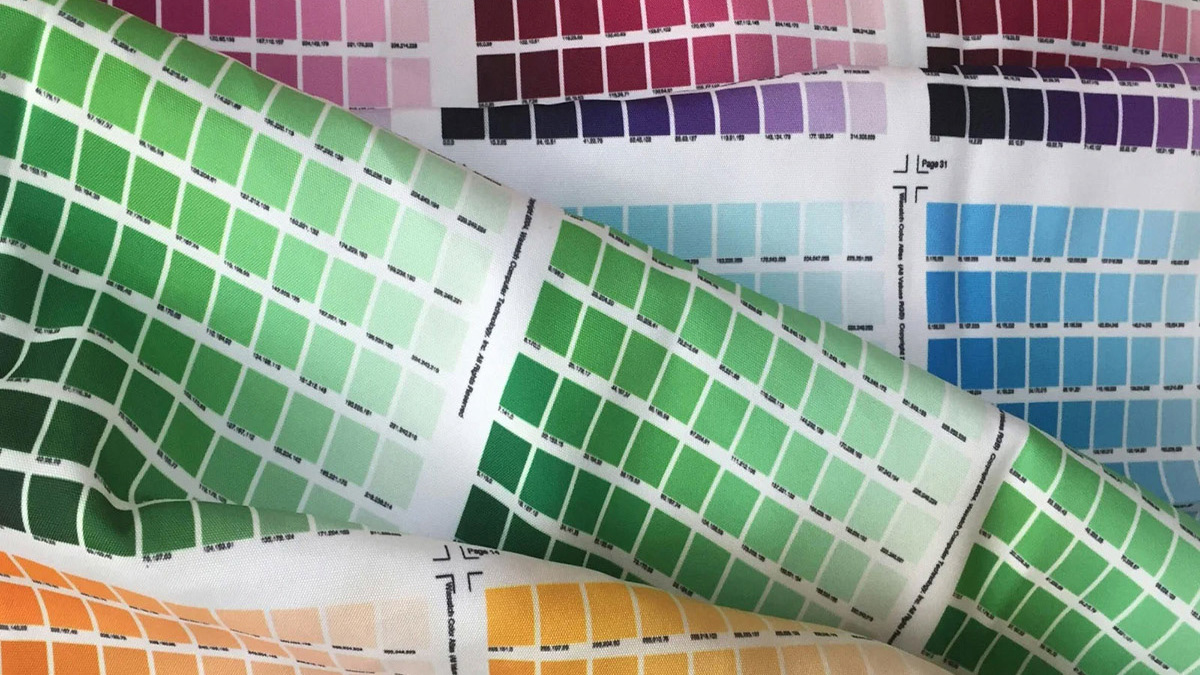A book cover is one of the most important marketing tools for a romance novel. It sets the tone, attracts readers, and gives a glimpse into the story’s mood and themes. Whether you're an indie author or traditionally published, having a compelling cover is crucial for sales and visibility. There are three primary ways to get a book cover: making it yourself, buying a premade cover, or hiring a designer for a custom cover. There is no one-size-fits-all solution, of course. Each option has its pros and cons, and choosing the right one depends on your budget, skills, and publishing goals.
1. Designing Your Own Cover
For authors who are artistically inclined or have graphic design experience, creating a cover from scratch can be a cost-effective option. Canva has free templates and images to use to create a book cover, and GIMP is image manipulation software that can be downloaded and used for free. If you’re familiar with Photoshop, there is a free online editor called Photopea, which has a user interface very similar to an older version of PS.
However, there may be costs involved even if you are doing everything yourself. It’s very unlikely that you will own a photo or illustration suitable for a romance cover, so you’ll probably want to use stock images. If so, you must purchase a licence to use these images. Just because an image is displayed on the internet does not mean it can be freely used. And if you see a cool font you think might look good on your cover, chances are you’ll have to pay for the licence to use it as well. There are lots of free fonts available, but most of them are only free for personal use, so you’ll have to check the conditions of use beforehand.
And even when you have all the assets required to design your cover, you have to understand basic concepts of good design to use them effectively. All is not lost, however, if you create a cover and decide later on to tweak it or buy a professionally made one.
Pros:
Cost-effective – No need to hire a designer, though you may incur some costs.
Creative control – You can create exactly what you envision.
Flexibility – Easily update or tweak your cover as needed.
Cons:
Steep learning curve – Professional design requires knowledge of typography, composition, and market trends. Photo editing software can also be challenging initially.
Time-consuming – Designing a cover can take hours or even days.
Quality concerns – If the cover looks amateurish, it may not attract readers.
Tips for DIY Covers:
Study bestselling romance covers in your subgenre. Follow genre conventions (e.g. illustrated covers for rom-coms).
Use high-quality stock images from sites like Deposit Photos or Shutterstock. This is not an endorsement for any particular site; there are a number of reputable sites that will have a broad range of images.
Stick to professional fonts that are legible. Err on the side of caution, and if you're undecided about which one to choose, go with a more conservative choice.
2. Buying a Premade Cover
Premade book covers are professionally designed and sold at affordable prices. Many designers offer these on websites and marketplaces. Once purchased, the designer customizes the title and author name for you. Some designers will also include other elements, such as a series title or a logo. If it’s not spelled out, make an inquiry to be certain.
Some premade covers can be generic looking, as they have to appeal to a broad customer base. Plus, some designers’ styles may not fit your aesthetic. But if you look around, it’s not difficult to find covers to suit your budget and your style.
Pros:
Affordable – Usually ranges from $30 to $200.
Quick turnaround – It takes a lot less time to customize a cover rather than start from scratch.
Professional quality – Created by experienced designers.
Cons:
Limited customization – The design is already set, so major changes might not be possible.
Not unique – Other books may have similar-looking covers, if stock images are used.
Genre fit – You may struggle to find a premade cover that perfectly matches your book’s themes or characters.
Tips for Choosing a Premade Cover:
Look for designs that fit your book’s tone and subgenre.
Ensure the typography and imagery are of a high quality.
Check if minor adjustments (like colour or font changes) are included in the price.
3. Getting a Custom Cover
For authors who want a unique cover that’s tailor-made for their book, hiring a professional designer is the most obvious choice. If you want everything but the kitchen sink from your book displayed on the cover, you’ll most likely have to commission the work. But you will pay for the privilege! Prices vary widely depending on the designer’s experience and the complexity of the design, ranging from maybe a couple of hundred dollars to $1,500 or more. There are cheaper options out there on certain sites, but these can be hit or miss, and they are most likely exploitative of the people doing the work, who have to compete by cutting prices and working to unrealistic deadlines.
Pros:
Tailored design – Made to showcase your book’s theme and genre, it will be unique while still following genre conventions.
Professional quality – Ensures your book competes with traditionally published titles.
Brand consistency – Can help establish a recognizable author brand.
Cons:
Higher cost – Can be expensive for indie authors on a budget. In some cases, it might not be worthwhile spending hundreds or thousands of dollars on a cover, particularly if you’re just starting out and don’t have a loyal reader base built up yet. And there is the possibility that you will still end up with a cover that looks like a thousand others.
Longer wait times – Custom covers take days or weeks to complete, even if the designer isn’t already busy: they have to find stock images, composite separate images, retouch, select suitable fonts, etc. If you require a print cover as well, they have to design it according to size specifications. If they are extremely popular, you may even be given a slot in the designer’s schedule months down the road.
Finding the right designer – Not all designers specialize in romance covers. Some designers excel at fantasy covers, for example, but they don’t really “get” romance, which shows in their work.
Tips for Hiring a Designer:
Look carefully at the designer’s portfolio of work. If you don’t like many of their commissioned covers, you may not like the work they produce for you.
Read reviews and ask for recommendations from other authors.
Be clear about your vision but trust the designer’s expertise.
Plan ahead to accommodate the designer’s schedule.
Which Option Is Best for You?
If you're on a tight budget – Try designing your own cover or buying a premade one.
If you need a quick solution – A premade cover is the fastest choice.
If you want to highlight details from your book – Invest in a custom cover.
No matter which option you choose, your book cover should be eye-catching, professional, and genre-appropriate. A well-designed cover increases your book’s chances of standing out in a crowded market, enticing readers to pick up your romance novel and dive into the love story within.



